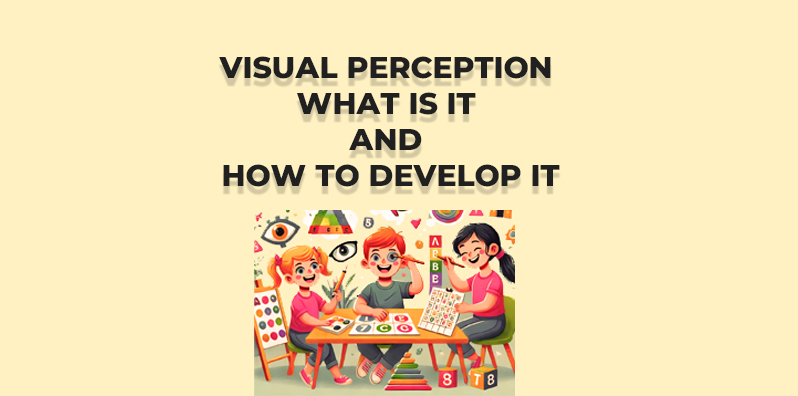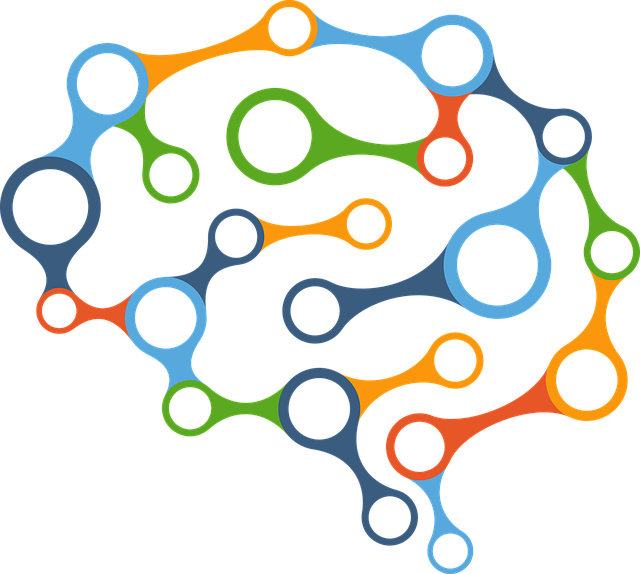
Visual perception is the ability to receive, recognize, and interpret visual stimuli. It is a key skill that plays a crucial role in daily life, especially in learning, reading, writing, and spatial orientation. In this article, we will discuss what visual perception is, its components, and how to effectively develop it in children.

What Is Visual Perception?
Visual perception involves processes in which our brain interprets information provided by the eyes. Thanks to it, we can recognize shapes, colors, patterns, motion, and understand spatial relationships between objects. It is important to distinguish visual perception from visual acuity – a person with good eyesight can still have difficulties processing visual information.
The components of visual perception include:
- Visual analysis and synthesis – the ability to break an image into parts and combine them into a whole.
- Visual-motor coordination – the ability to synchronize vision with body movements.
- Visual memory – the ability to remember images and their details.
- Spatial perception – the ability to orient oneself in space and understand relationships between objects.
- Pattern recognition – such as letters, numbers, faces, or graphic symbols.
Why Is It Important to Develop Visual Perception?
Visual perception is essential for proper functioning in daily life. For children, it forms the foundation for learning to read, write, draw, and solve mathematical problems.
Difficulties with visual perception can lead to learning challenges, such as:
- mixing up letters (e.g., b and d),
- problems with replicating shapes,
- difficulty following text while reading,
- poor spatial orientation.
How to Develop Visual Perception?
There are many effective ways to develop visual perception. It is important that exercises are tailored to the child’s age and needs.
Exercise Ideas:
- Puzzle solving – excellent for developing visual analysis and synthesis.
- Drawing and coloring – helps with visual-motor coordination and concentration.
- Spot the difference games – develop attention to detail.
- Mazes and dot-to-dot activities – support spatial orientation and precision of movements.
- Memory games and board games – enhance visual memory.

Conclusion
Visual perception is not just the ability to see but also to understand and interpret what we see. Developing it is essential for children’s proper growth. Regular exercises, tailored to their age and needs, can significantly improve visual abilities, positively affecting many aspects of their lives. It is worth dedicating time to such activities, as their effects can be visible both in learning and in everyday functioning of the child.
